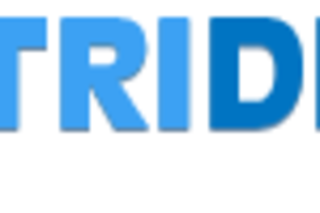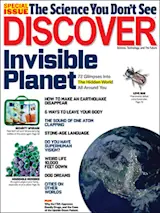Petridish.org is a crowd-funding site for science. Here, we're featuring one of our favorite Petridish projects. To fund this project, or to see more projects, go to Petridish.org.
In 2011 we tested 15 Pacific bluefin tuna, known migrants from Japan, for radioactive cesium from Fukushima. Every fish tested carried radiocesium across the Pacific Ocean. What other Pacific species are transporting radioactive materials to distant ecosystems?
We plan to test many species for radioactive cesium. Some, like albacore, are popular as food and are known to migrate from Japan. Some, like swordfish, are also consumed but their migration patterns are poorly understood. Finally some, like loggerhead turtles and seabirds, are of high conservation interest. Their cesium levels will teach us about their migration patterns.
We will test albacore tuna, swordfish, yellowfin tuna, salmon sharks, blue sharks, mako sharks, opah, seabirds, turtles, and whales from regions as diverse as New Zealand, Alaska, ...















